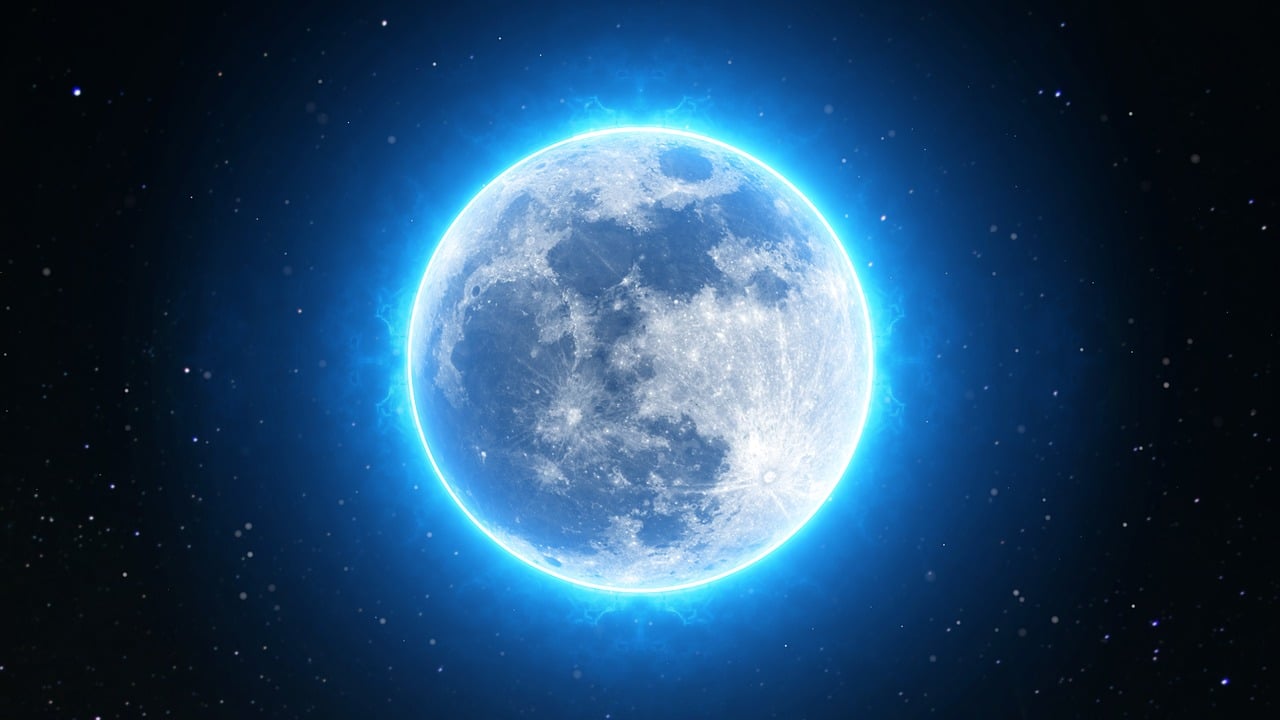Lunar missions stopped a long time ago, but the possibility of widespread water on Earth’s natural satellite has been a question for some time. Now, NASA scientists have studied its surface and discovered ice at the moon’s poles. Researchers believe that the newly discovered water on the moon could be “ancient.”
A team of scientists, led by Shuai Li of the University of Hawaii and Brown University, as well as Richard Elphic from NASA’s Ames Research Center in California’s Silicon Valley, looked at the moon’s darkest parts of the polar regions, observing evidence of water ice at the moon’s poles.
There are larger amounts of water ice that is distributed in the craters located at the southern pole of the satellite. On the other hand, there is a wider spread of the ice on the moon’s northern pole, although the water is more sparsely spread out.
The team used data from NASA’s Moon Mineralogy Mapper (M3) instrument to be able to find the signature of water ice on the moon. There were three specific signatures that would lead to the definitive evidence.
The instrument M3 launched in 2008 aboard the Chandrayaan-1 spacecraft, by the Indian Space Research Organization. As it was explained in NASA’s press release, the instrument collected the data from the reflective properties of ice water, while also measuring the “distinctive way its molecules absorb infrared light.” That way, researchers could distinguish between liquid water or vapor and solid ice water.
The newly found water ice at the Moon’s poles is tucked in the shadows of craters that lie near the poles. That said, it’s frigidly cold there at the freezing minus 250 degrees Fahrenheit at its highest. Additionally, due to the specific axis of the moon, the sunlight never reaches those spots, leaving the surface untouched by the sun.
There were also previous observations that indicated the signs of surface ice located at the lunar south pole. However, it was thought that the unusually reflective lunar soil was responsible for that and not ice.
If there is enough ice located on the moon’s surface, particularly within a few millimeters of the surface, astronauts would likely be able to access that ice if it came down to new lunar expeditions. Moreover, that water could even be used for the astronauts to stay on the Moon for a longer time.
It is of great importance to learn how the water ice at the moon’s poles even came to exist there. Moreover, scientists need to uncover whether there is an interaction with the larger lunar environment, given that new lunar missions are planned in the future. Earlier this year, scientists unveiled that there is a possibility of widespread water to exist on the Lunar surface, indicating that the presence of liquid water on the Moon will make it much easier for lunar expeditions and missions to go on, allowing a much more comfortable experience to astronauts who conduct these expeditions. While they may not be able to drink that water, they could turn it into oxygen which they could use for breathing, or hydrogen that would work as fuel for the rockets.
There are so many things to explore in our own neighborhood, starting with our natural satellite, the moon.





